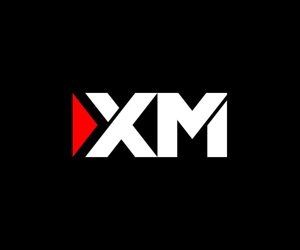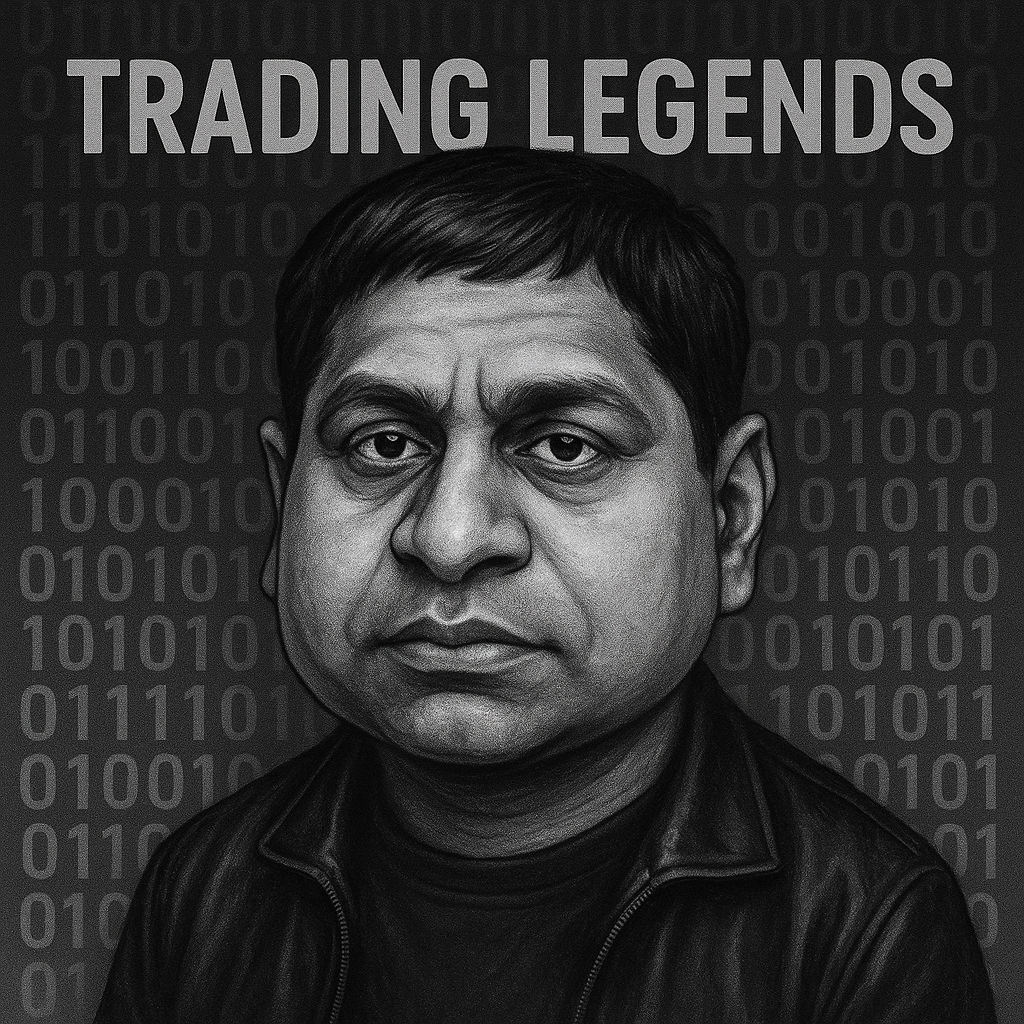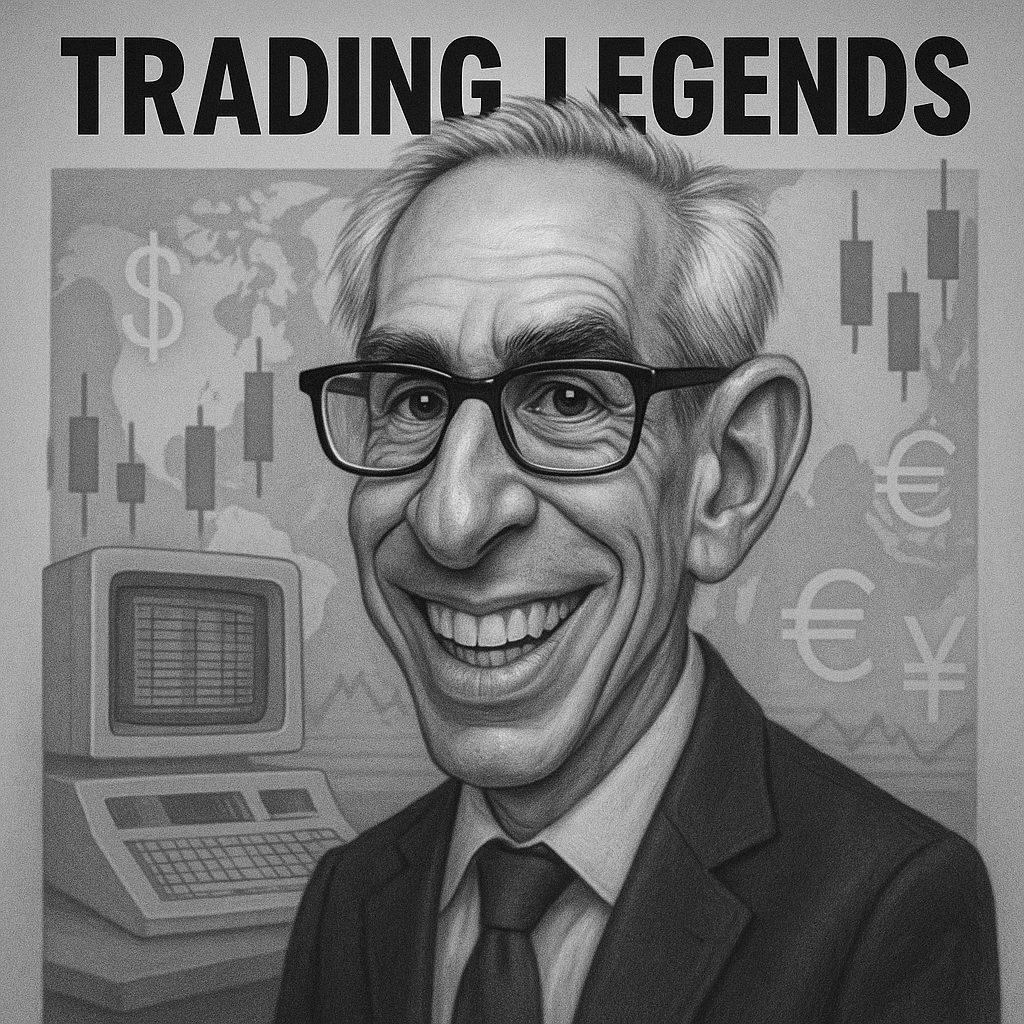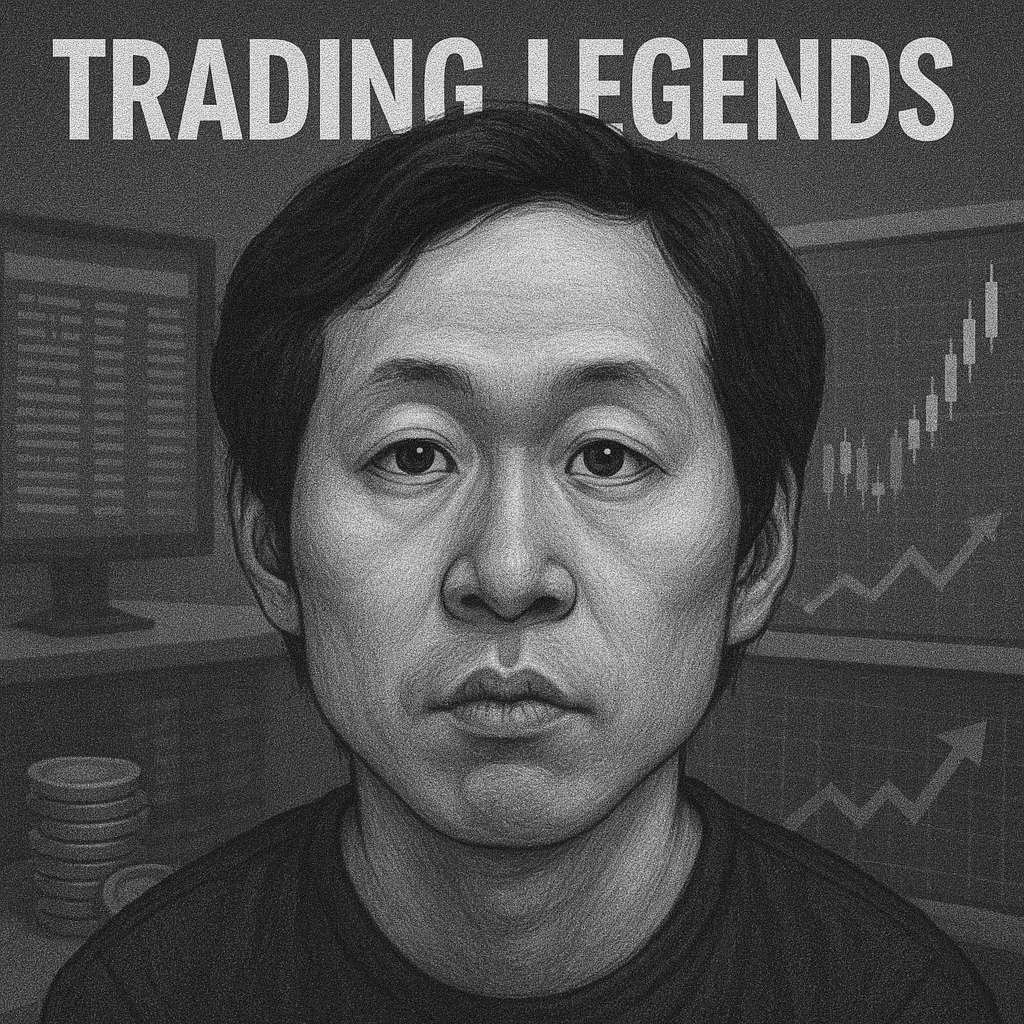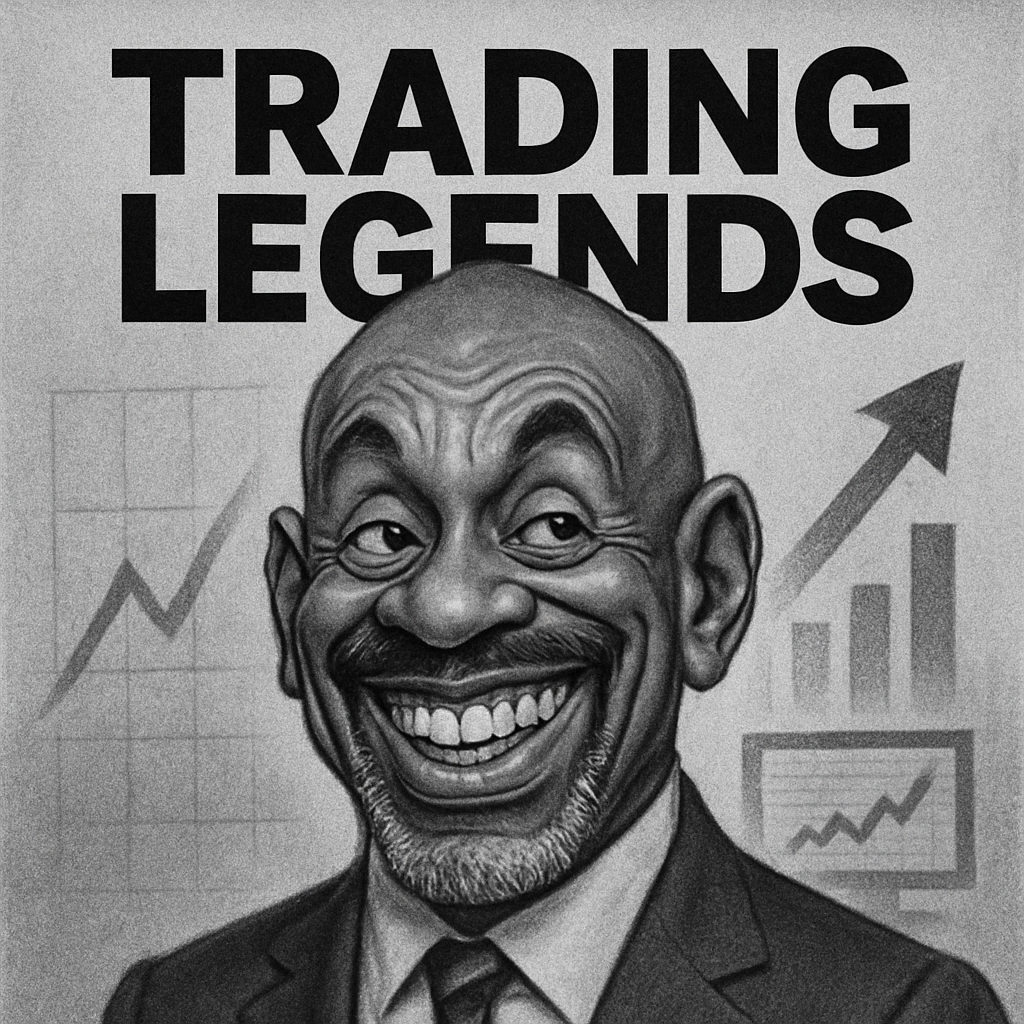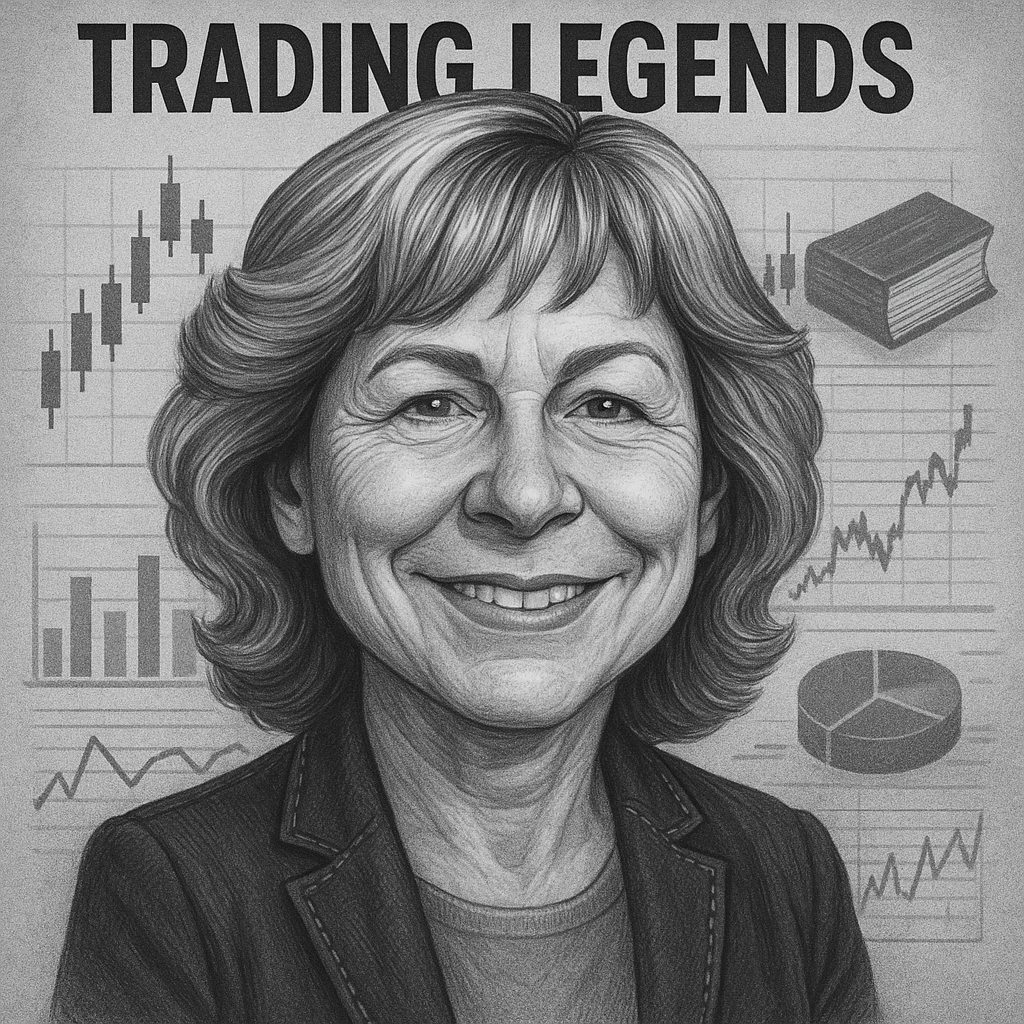Navinder Singh Sarao is the self-taught futures trader whose high-speed spoofing tactics helped expose fragile seams in modern markets and landed him at the center of the 2010 “Flash Crash.”
The “Hound of Hounslow” of E-mini futures
It was 2:42 p.m. on May 6, 2010, when Navinder Singh Sarao’s custom algorithm unleashed a torrent of sell orders that rippled through global markets, placing limit orders and cancelling just as quickly. In under an hour, the U.S. equity market shed nearly $1 trillion in value—an event that would be dubbed the “Flash Crash.” From his parents’ modest suburban home in Hounslow, England, Sarao calmly watched the chaos unfold on his trading screens. That quiet moment, as prices flickered and liquidity evaporated, encapsulates Sarao’s career: a blend of solitary ingenuity, high-stakes risk-taking, and the power—and peril—of automated trading.
Background and Early Life
Indian descent, Navinder Singh Sarao was born in Hounslow, West London in November 1978. His father ran a corner shop, and his mother worked multiple part-time jobs—exemplars of hard work. Sarao was a diligent student attending his local comprehensive, Heston Community School before going to university. By 2001, he had graduated from Brunel University with a degree in computer science, carrying both academic accolades and a keen fascination with financial markets.
Unable to secure a position at a major bank’s graduate program, Sarao took a job as an IT contractor for a small recruitment agency. Nights, he poured over exchange rulebooks and backtested strategies, funding his nascent trading account with modest savings. His early forays—arbitraging currency futures and metals contracts—often netted small but consistent profits. Those first successes convinced him that with the right algorithms and iron discipline, one trader in a suburban flat could move markets once the scales tipped.
Key Career Moments
Algorithmic Breakthrough (2009–2014). In 2009, as global markets recovered from the financial crisis, Navinder Singh Sarao began developing spoofing algorithms to exploit liquidity imbalances in E-mini S&P 500 futures on the Chicago Mercantile Exchange (CME). His strategy involved placing large sell orders—sometimes worth ~$200 million—to create artificial downward pressure, then canceling them to profit from smaller, genuine buy orders. From 2009 to 2014, Sarao’s trading netted approximately $40 million. A former colleague noted, “He had a knack for reading market dynamics others missed.” These consistent profits allowed Sarao to refine his algorithms, scaling his operations from a modest home setup in Hounslow, London.
The Flash Crash (May 6, 2010). On May 6, 2010, around 2:32 p.m. EDT, a combination of fragile market conditions, a large sell order by Waddell & Reed, and Sarao’s high-frequency spoofing triggered the Flash Crash. His algorithms placed and modified ~19,000 E-mini S&P 500 sell orders, representing 20–29% of sell-side activity, exacerbating price swings. The Dow Jones Industrial Average plunged nearly 1,000 points in minutes, erasing ~$1 trillion in market value before partially recovering. Sarao’s actions intensified volatility, though he halted his algorithm before the crash’s peak. His profits that day were modest, but the event spotlighted him in debates over market stability and high-frequency trading risks.
Undeserved Consequences?
Investigation and Arrest (2015). Sarao’s trading went unnoticed until the Commodity Futures Trading Commission (CFTC) and U.K. authorities traced his activities to his Hounslow home. On April 21, 2015, he was arrested in Hounslow, charged with 22 counts of fraud and market manipulation. “It was a shock,” Sarao later said. Extradition proceedings to the U.S. began, culminating in his transfer in November 2016. His defense argued that spoofing was a common practice in high-frequency trading, not unique to him, and that his algorithms were adaptive tools, not malicious schemes.
Trial and Legacy (2016–2020). Sarao’s case became a focal point for examining the ethics and legality of automated trading. In November 2016, he pleaded guilty in a Chicago court to one count of wire fraud and one count of spoofing, cooperating with authorities to avoid prison. In January 2020, a federal judge sentenced him to one year of home detention in the U.K., citing his assistance and unique circumstances. The Flash Crash prompted significant reforms: exchanges adopted circuit breakers to halt extreme volatility, and regulators strengthened anti-spoofing rules under the Dodd-Frank Act. Sarao’s case remains a landmark in discussions about market vulnerabilities.
Trading Philosophy
Sarao’s approach centered on real-time feedback loops—using technology to detect and exploit fleeting liquidity imbalances. “In markets, milliseconds matter,” he once said. His systems placed and withdrew orders in microseconds, letting price action guide his next move. Yet Sarao emphasized that technology without discipline is foolhardy: he adhered to strict capital limits, shutting down his algos if daily losses exceeded risk limits.
Risk management was baked into every line of code. His algorithms routinely measured order-book depth and volatility, dynamically adjusting order sizes to avoid excessive market impact. Sarao viewed exchanges as evolving ecosystems: one mispriced niche could morph into a cascading event if unaddressed. While critics decried his tactics, he countered that all high-frequency firms employ similar strategies—the difference lay in execution quality and control. His philosophy foreshadowed modern quant approaches that blend speed with rigorous guardrails.
Conclusion
Navinder Singh Sarao’s journey—from a self-taught trader in Hounslow to the man at the center of a $1 trillion market shock—underscores the transformative power of technology in finance. His exploits revealed both the potential and peril of algorithmic trading, catalyzing regulatory change and a deeper conversation about market fragility. While Sarao’s legacy remains contested—hero to some, villain to others—his story offers a cautionary tale and a technical blueprint for future innovators.As markets become ever more automated, the line between strategy and systemic risk will blur further. Sarao’s experiences remind us that innovation must be matched by accountability, and that the next market-defining moment may lie in the code quietly executing behind the screens.


